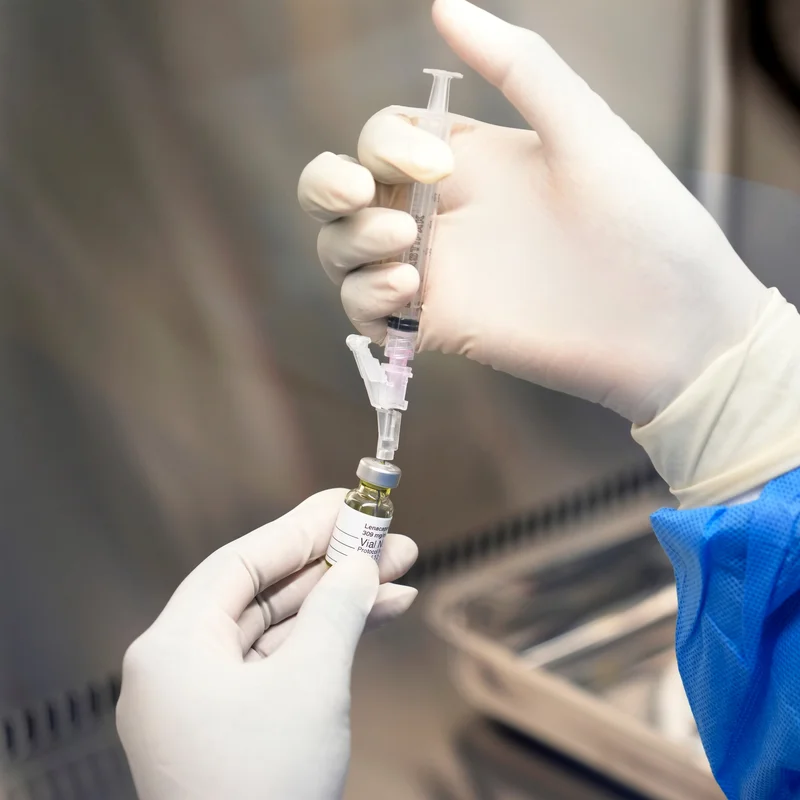New York – October 12, 2025 — Every day, thousands of scientific studies are published—but only a handful make it into major news outlets like The New York Times. So how do health reporters decide which research is worth your attention? According to veteran health journalist Tara Parker-Pope, it’s not just about flashy headlines or dramatic claims. It’s about rigor, relevance, and real-world impact.
What Makes a Study Newsworthy?
In a revealing behind-the-scenes look at editorial decision-making, Parker-Pope explains that not all studies are created equal. “We get dozens of press releases and preprint alerts every day,” she writes. “But we only cover a tiny fraction.”
The key question she asks: Does this study actually help people make better health decisions? If the answer is yes—and the science holds up—it might earn a spot in the Well section.
Red Flags That Make Reporters Pause
Parker-Pope outlines several warning signs that signal a study may not be ready for prime time:
- Small sample sizes (e.g., fewer than 50 participants)
- No control group or poor experimental design
- Funded by a company with a vested interest (e.g., a soda brand sponsoring a sugar study)
- Published as a preprint without peer review
- Overstated conclusions that don’t match the data
“A good study doesn’t just find a correlation—it helps explain causation, uses robust methods, and ideally has been replicated,” she notes.
The Gold Standard: Peer Review and Replication
Peer-reviewed research published in reputable journals like The New England Journal of Medicine, JAMA, or The Lancet gets priority. But even then, reporters dig deeper.
“We often call independent experts who weren’t involved in the study to get their take,” Parker-Pope explains. “If they’re skeptical, we listen.”
How The Times Evaluates Health Research: A Quick Checklist
| Criteria | Why It Matters |
|---|---|
| Peer-reviewed? | Ensures scrutiny by independent scientists. |
| Large, diverse sample? | Results are more likely to apply broadly. |
| Randomized & controlled? | Reduces bias and strengthens causality. |
| Transparent funding? | Minimizes risk of industry bias. |
| Replicated elsewhere? | Confirms findings aren’t a fluke. |
Why This Matters to You
In an age of misinformation, understanding how credible health news is selected can empower readers to be more discerning. “We’re not just chasing clicks,” Parker-Pope emphasizes. “We’re trying to give you information you can actually use to live healthier.”
That means sometimes skipping the sensational and spotlighting the solid—even if it’s less flashy.



